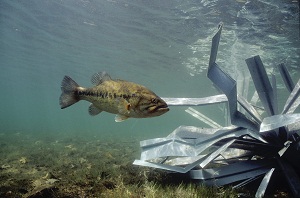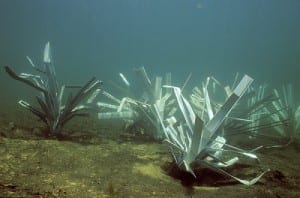| |||||||||||||
Day: June 2, 2012
Fishiding underwater photos by Engbretson Underwater photography
http://underwaterfishphotos.blogspot.com/2012/06/artificial-fish-habitat.html
See the dozens of unique artificial fish habitat models, fish attractors and fish cover used at fishiding.com, the leader in proven science based, fish protection.
Students protest to protect fish habitat
About 150 Grade 8 students at Samuel Robertson Technical School checked out their usual stomping grounds Thursday, and made a point at the same time.
Protect fish habitat. See the dozens of unique artificial fish habitat models, fish attractors and fish cover used at fishiding.com, the leader in proven science based, fish protection.
The five classes were on an awareness walk in response to changes to the federal Fisheries Act, but also checked out an ongoing stream project.
A control gate on Maggie Creek which flows into Kanaka Creek at 240th Street, helps maintain water levels in the wetlands area upstream, and creates more sheltered habitat away from the main stream.
The project was part of the habitat improvement required when the 240th Street bridge was built a few years ago.
That’s since improved Maggie Creek, confirmed by the presence of a few coho, stickleback and snapper found in the trap during the tour.
Only a few students however commented on Ottawa’s changes to the Fisheries Act now underway which will remove protection of habitat from all streams and just focus on streams of commercial, recreational or aboriginal value.
The phrase ‘harmful alteration, disruption destruction” of fish habitat in general is gone, while the new legislation says no one can cause “serious harm” to native, recreational or commercial fisheries.
Leigh Vivier was one of the few students carrying a Walk for Habitat sign and said he wants to make a difference.
“I want to help save Kanaka Creek – fish, animals and wildlife is at stake.”
He said the trap set in the creek showed that salmon are using Maggie Creek for habitat to stay safe from predators.
“And the number one predator is humans.”
Jade Plul and Alivia Stockall were also aware of the issue.
“We don’t want the fish to go extinct,” said Plul. “We want to save the fish,” added Stockall.
Senior biology teacher at Samuel Robertson Steve Halfnights said the exercise was an “awareness walk” and that many students probably have other concerns.
“For us, we just have to plant the seed and let the students make their choices down the road.”
Ross Davies, with the Kanaka Education and Environmental Partnership Society organized the walk. He helps teach Grade 8 science courses at Samuel Robertson.
He said the changes to the Fisheries Act could threaten the small tributary streams which could be considered neither recreational, commercial or aboriginal fishery.
“In our opinion, it (defining a stream that can be protected) becomes much more subjective.” Under the existing Fisheries Act, protection is automatic, he explained.
The new legislation removes the requirement to get authorization for disruption of any kind of fish habitat. That’s only required for waters that connected to recreational, commercial or aboriginal fisheries.
According to the government, authorization will not be required for projects occurring in waters that do not support the recreational, commercial or Aboriginal fisheries. New tools will be available to manage smaller impacts to recreational, commercial and Aboriginal fisheries.By Phil Melnychuk – Maple Ridge News


